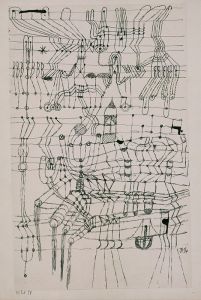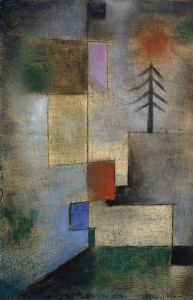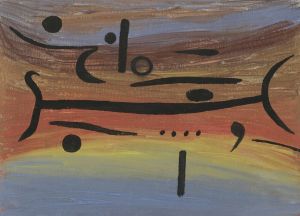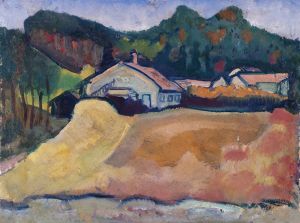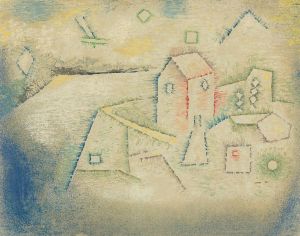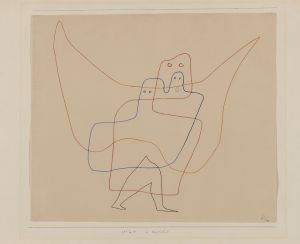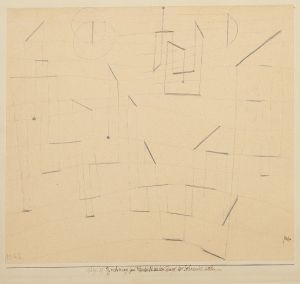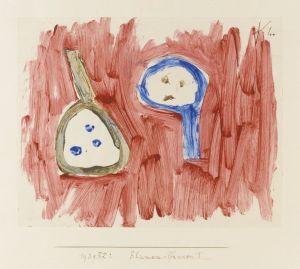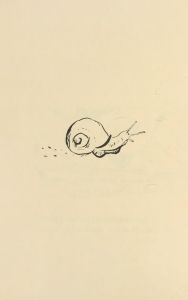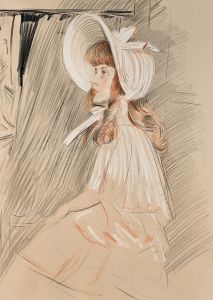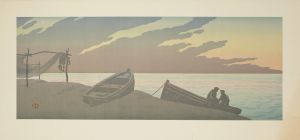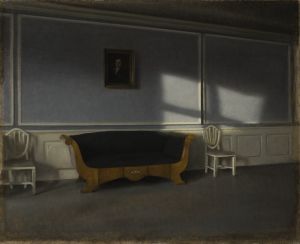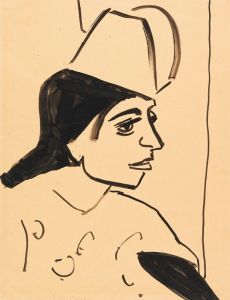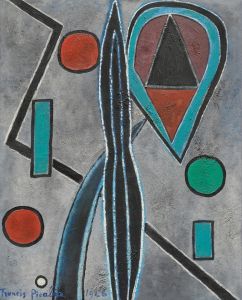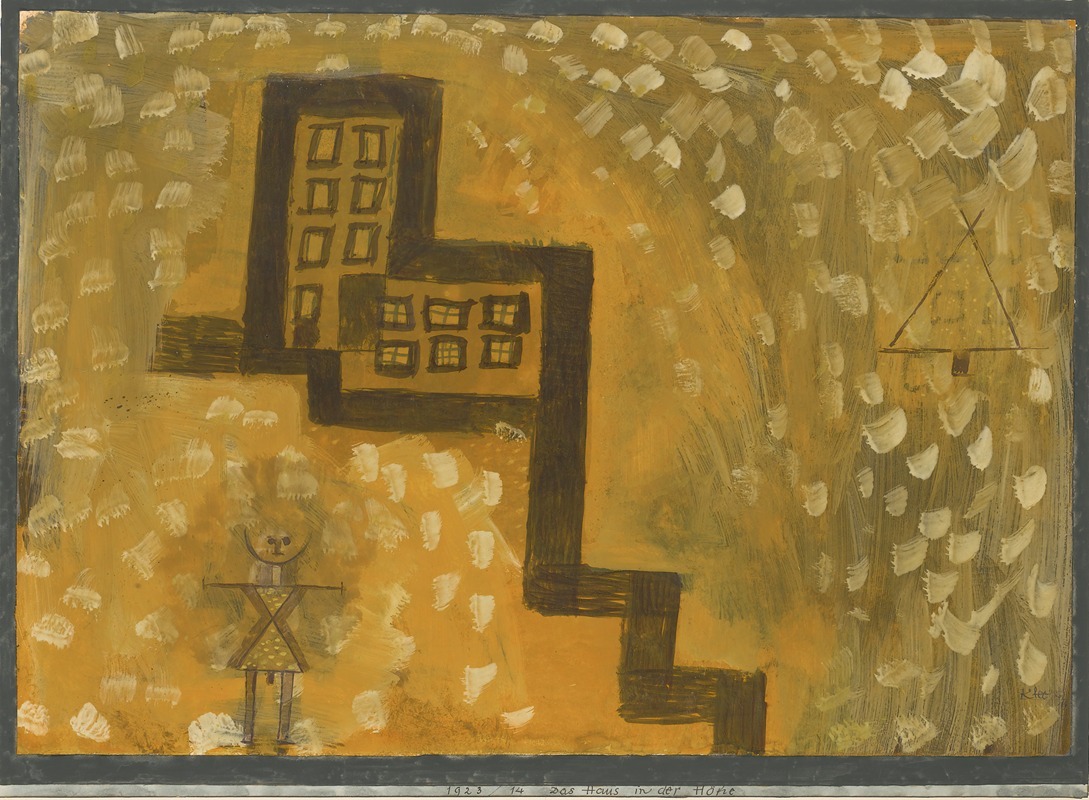
Das Haus In Der Höhe
A hand-painted replica of Paul Klee’s masterpiece Das Haus In Der Höhe, meticulously crafted by professional artists to capture the true essence of the original. Each piece is created with museum-quality canvas and rare mineral pigments, carefully painted by experienced artists with delicate brushstrokes and rich, layered colors to perfectly recreate the texture of the original artwork. Unlike machine-printed reproductions, this hand-painted version brings the painting to life, infused with the artist’s emotions and skill in every stroke. Whether for personal collection or home decoration, it instantly elevates the artistic atmosphere of any space.
Paul Klee's Das Haus In Der Höhe (translated as "The House on the Hill") is a painting created in 1915 by the Swiss-born German artist. Klee, a prominent figure in the early 20th-century modern art movement, is known for his highly individual style that blends elements of expressionism, cubism, and surrealism. This work is an example of his exploration of abstraction and his interest in combining geometric forms with a sense of poetic imagination.
The painting features a simplified depiction of a house situated on a hill, rendered with geometric shapes and a muted color palette. Klee’s use of line and form in this piece reflects his fascination with structure and balance, while the composition conveys a sense of harmony and tranquility. The work is characteristic of Klee's approach during this period, where he sought to distill complex subjects into their essential forms, often imbuing them with a dreamlike quality.
Das Haus In Der Höhe was created during a pivotal time in Klee's career. In 1914, he had traveled to Tunisia, an experience that profoundly influenced his use of color and his approach to abstraction. By 1915, Klee was incorporating these influences into his work, experimenting with new techniques and ideas. This painting is often seen as part of his broader exploration of architectural forms and their relationship to the natural world.
The painting is executed in watercolor and pencil on paper, a medium Klee frequently used for its versatility and ability to convey delicate, layered effects. The work demonstrates Klee's mastery of subtle tonal variations and his ability to create depth and texture through minimal means. The interplay between the geometric structure of the house and the organic contours of the hill exemplifies Klee's interest in blending the man-made with the natural.
Das Haus In Der Höhe is held in a private collection and is not as widely known as some of Klee's other works. However, it remains an important example of his artistic development during the early years of World War I, a period marked by both personal and global upheaval. Klee's work from this time reflects his introspective nature and his ability to find beauty and order amidst uncertainty.
As with many of Klee's works, Das Haus In Der Höhe invites viewers to interpret its meaning and to engage with its abstract forms on a personal level. The painting exemplifies Klee's belief that art should not merely replicate reality but should instead evoke emotions and ideas through its composition and execution.





